Bullmastiffs are a powerful and loyal breed that has won the hearts of dog lovers worldwide. However, as with many breeds, there are several myths surrounding Bullmastiffs that are not only misleading but can also cause potential owners to shy away from welcoming this wonderful breed into their homes. In this article, we will debunk five of the most common myths about Bullmastiffs, helping you gain a clearer and more accurate understanding of this remarkable breed.
Myth 1: Bullmastiffs Are Aggressive and Dangerous
One of the most pervasive myths about Bullmastiffs is that they are aggressive and dangerous. This misconception likely stems from their size, strength, and historical role as guard dogs. While Bullmastiffs were originally bred to protect estates and guard against poachers, this does not mean they are naturally aggressive.
In reality, Bullmastiffs are known for their calm and gentle temperament. They are protective of their families, but this doesn’t translate to unprovoked aggression. These dogs tend to be very composed and patient, especially when properly socialized from a young age. A well-trained Bullmastiff is more likely to deter threats by their presence alone, rather than through aggressive behavior. In fact, they were bred to be “silent watchdogs,” meaning they often prefer to pin down intruders rather than bite.
The key to a well-balanced Bullmastiff is proper training and socialization. Early exposure to different environments, people, and animals will help prevent any behavioral issues. Like any breed, improper handling or lack of training can lead to behavioral problems, but with the right guidance, Bullmastiffs can be wonderfully loyal, gentle giants.
Myth 2: Bullmastiffs Are Too Big for Family Life
Another common myth is that Bullmastiffs are simply too big to be family pets, especially in homes with children. While it is true that Bullmastiffs are a large breed, often weighing between 100 to 130 pounds, size alone does not make them unsuitable for families.
Bullmastiffs have a calm, laid-back demeanor and are known for being excellent with children. Their patience and gentle nature make them fantastic family companions. Despite their large size, they tend to be quite careful around smaller members of the family, including young children. It’s not unusual to see a Bullmastiff calmly laying down while kids play around them.
Of course, as with any large dog, supervision is key, especially around very small children who may not yet understand how to interact with a big dog. Teaching both the dog and the children how to behave around each other ensures a safe and harmonious relationship.
Bullmastiffs also tend to be low-energy dogs, especially when they reach adulthood, meaning they are not constantly running around or knocking things over. A couple of daily walks and some mental stimulation are often enough to keep a Bullmastiff happy. While they do need some space, they are not as high-maintenance as one might expect from a large dog, making them a surprisingly good fit for family life.
Myth 3: Bullmastiffs Don’t Need Training
Some people mistakenly believe that because Bullmastiffs are calm and naturally protective, they don’t need formal training. This is far from the truth. All dogs, regardless of breed, need proper training to ensure they develop good behaviors and bond well with their families.
Bullmastiffs are intelligent, but they can also be independent and stubborn. Without consistent training, these traits can become problematic. Given their size and strength, an untrained Bullmastiff can be difficult to control, especially on a leash. Obedience training helps establish boundaries and teaches the dog to respond to commands, making it easier for owners to manage their dog in various situations.
Furthermore, early socialization is crucial. Introducing a Bullmastiff puppy to new environments, people, and other animals will help prevent fear-based reactions or nervousness in new situations. Enrolling your Bullmastiff in puppy training classes can set the foundation for a well-mannered and confident dog.
Training also strengthens the bond between the dog and its owner. Since Bullmastiffs are highly loyal dogs, they thrive on positive reinforcement and praise from their owners. A well-trained Bullmastiff is not only a more pleasant companion but also a safer one for you, your family, and others.
Myth 4: Bullmastiffs Are Low Maintenance
While Bullmastiffs are generally low-energy dogs, they are not as low maintenance as some may think. This myth likely arises from their short coat and relatively calm demeanor. However, owning a Bullmastiff comes with specific care requirements that potential owners should be aware of.
First, Bullmastiffs are prone to certain health issues that require regular attention. They are susceptible to hip dysplasia, bloat, and other joint problems due to their size. Regular vet check-ups and a balanced diet tailored to large breeds can help mitigate these risks.
Additionally, despite their short coat, Bullmastiffs shed. Regular brushing will help keep shedding under control and maintain the health of their skin and coat. They are also prone to drooling, particularly after eating or drinking, so keeping towels on hand and wiping their mouths can be part of daily maintenance.
Moreover, while Bullmastiffs don’t need hours of exercise like some high-energy breeds, they still require daily walks and mental stimulation to prevent boredom. A Bullmastiff that lacks proper outlets for their energy can become lazy or even destructive. Interactive toys, puzzle feeders, and playtime with family members can keep their minds and bodies engaged.
Myth 5: Bullmastiffs Are Not Suitable for Apartment Living
Given their size, many people assume that Bullmastiffs are only suitable for homes with large yards. However, this myth ignores the breed’s relatively low energy levels and adaptable nature. Bullmastiffs can, in fact, live quite comfortably in apartments or smaller homes, provided their exercise needs are met.
Bullmastiffs are not a high-energy breed. They don’t require constant exercise or large amounts of space to roam. A couple of moderate walks per day, combined with some indoor play or mental stimulation, is usually sufficient to keep them happy. When indoors, Bullmastiffs tend to be calm and enjoy lounging around with their owners, making them well-suited to apartment life.
Of course, it’s important to consider the size of your living space and ensure there’s enough room for the dog to move around comfortably. Bullmastiffs are big dogs, and they’ll need space to stretch out when resting. But overall, their low-key temperament makes them much more adaptable to apartment living than many people believe.

Bullmastiffs are often misunderstood due to their size and historical background, but they are gentle, loyal, and protective companions when properly trained and cared for. Dispelling these common myths can help more people appreciate the true nature of this wonderful breed. Whether you’re considering adding a Bullmastiff to your family or simply want to understand the breed better, knowing the facts can lead to a deeper appreciation for these remarkable dogs.

 8 hours ago
3
8 hours ago
3


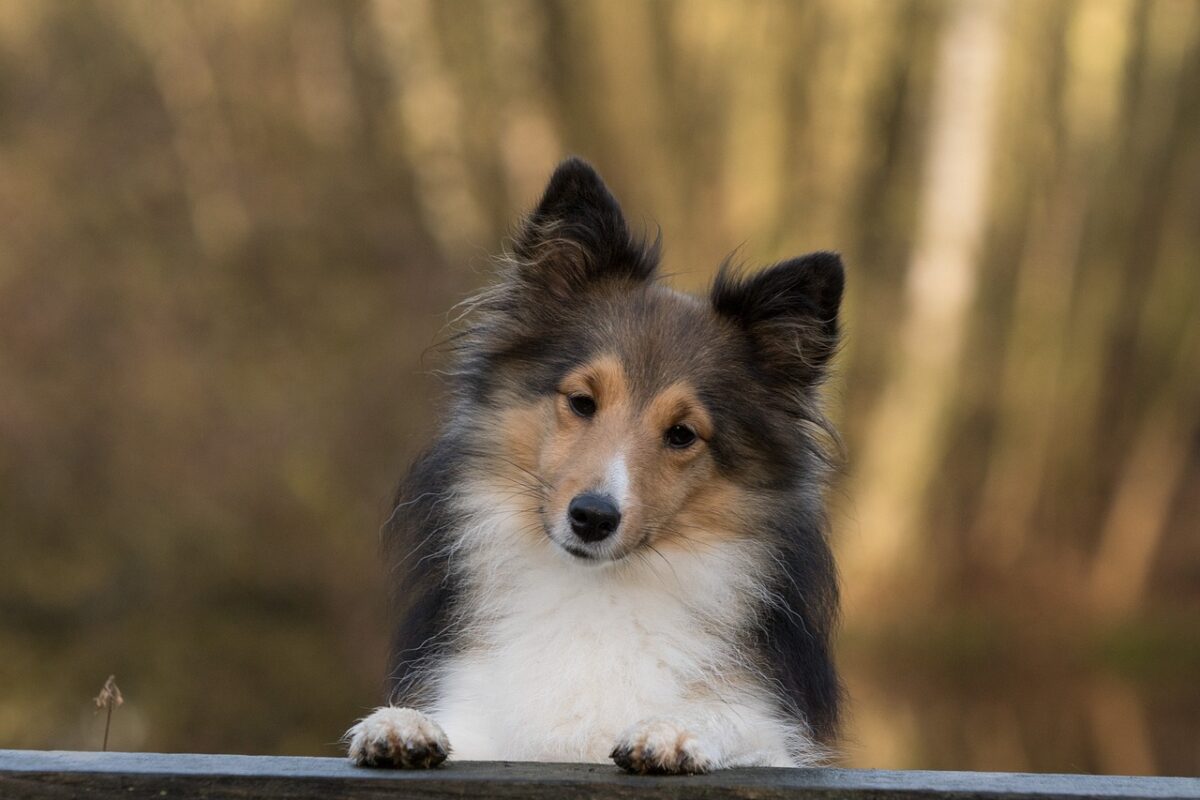
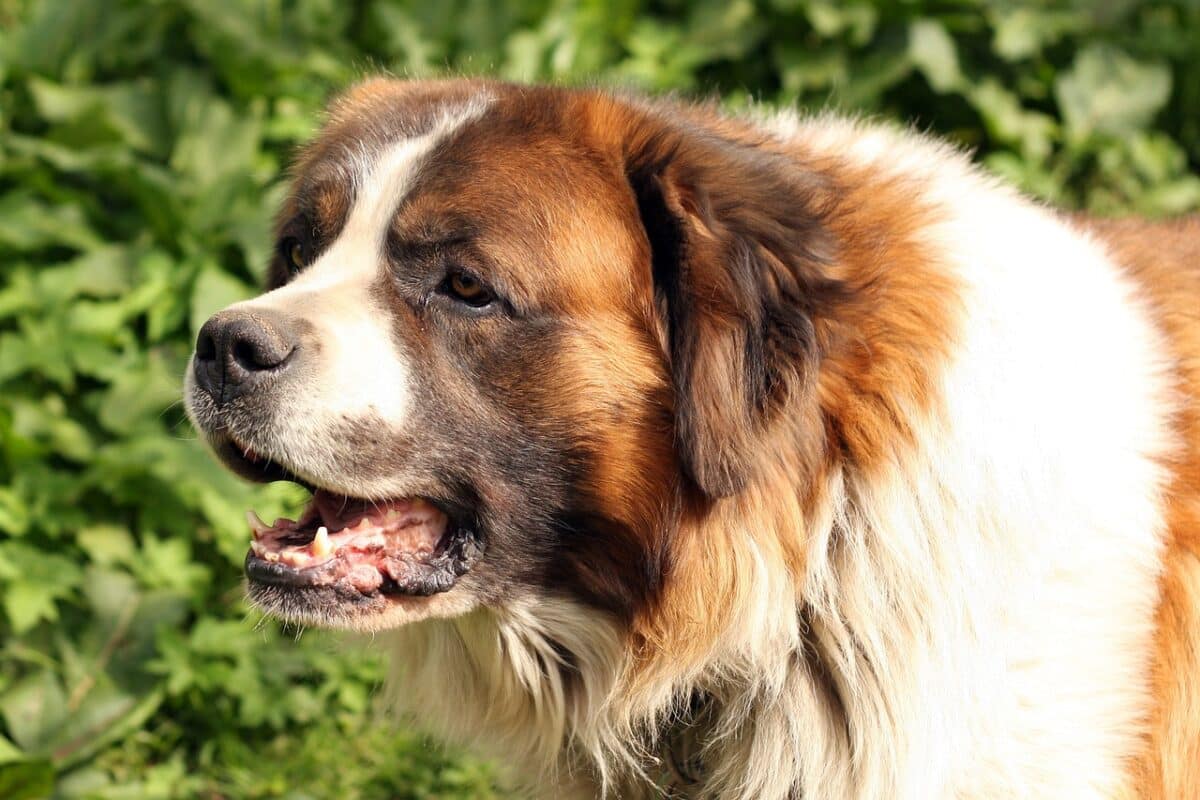
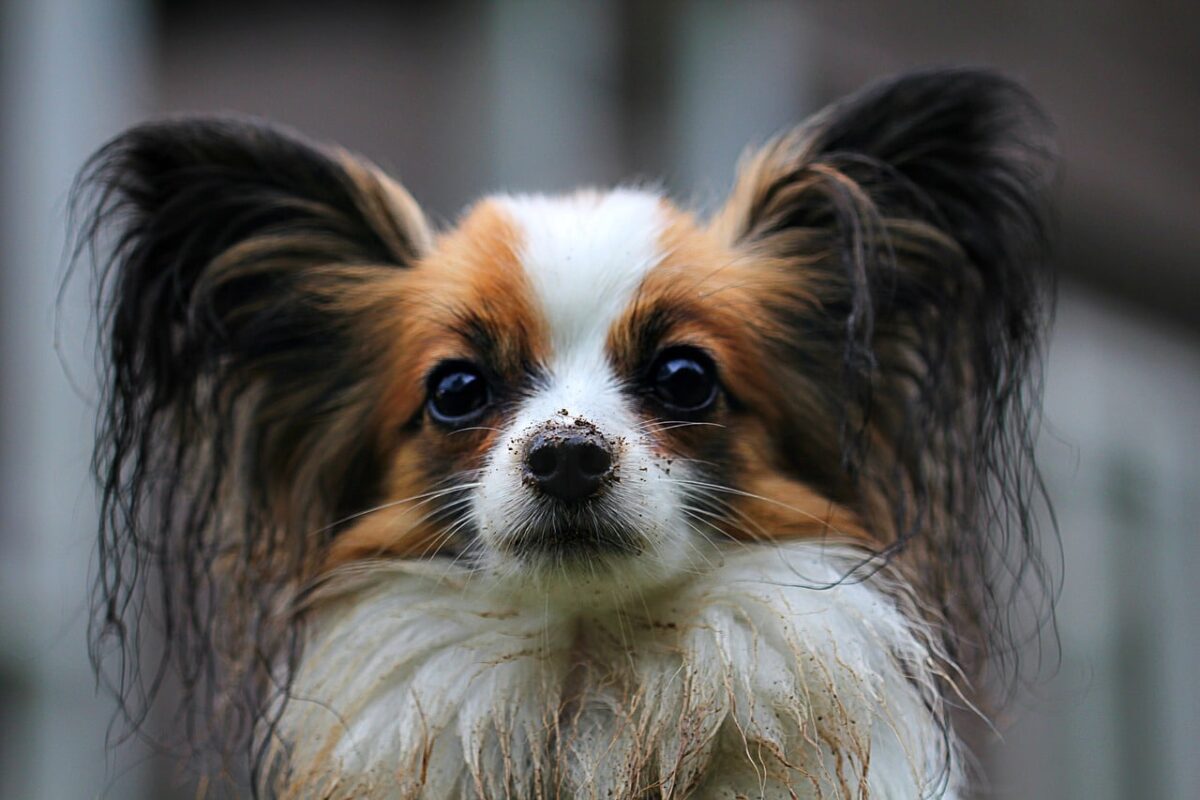




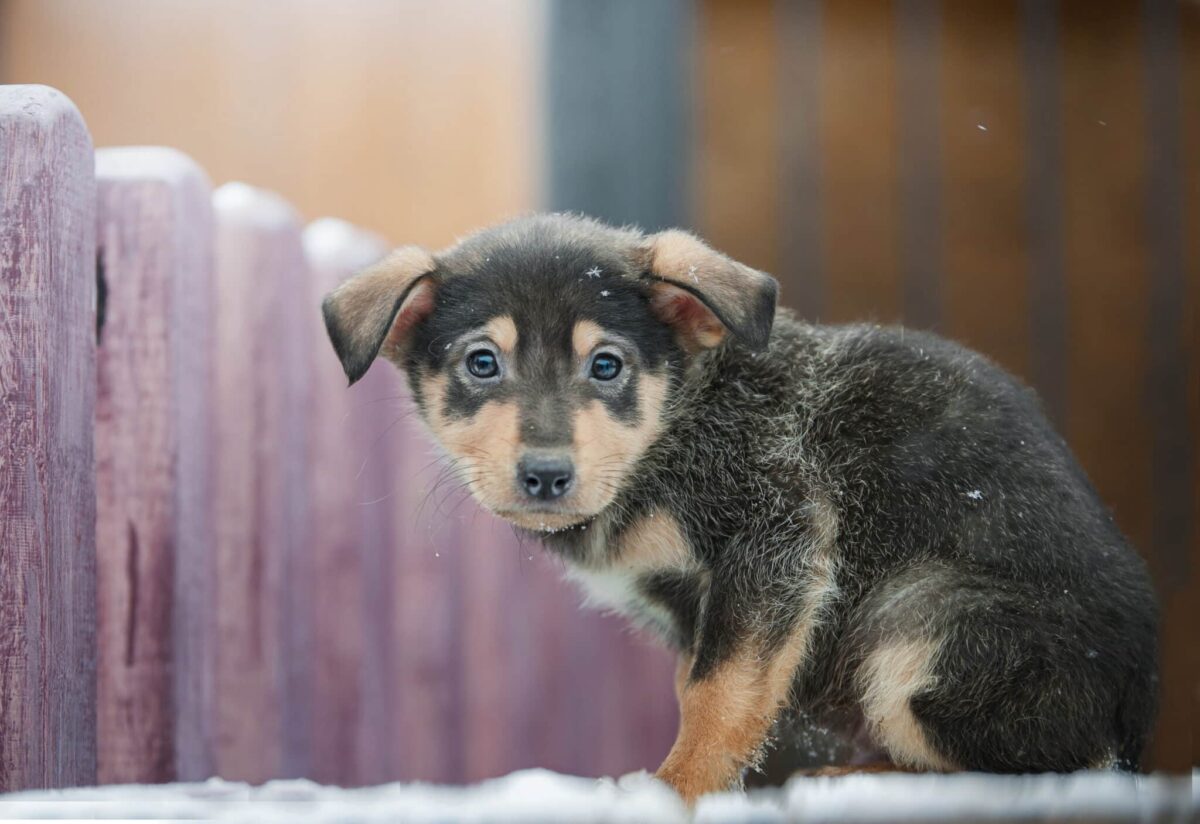






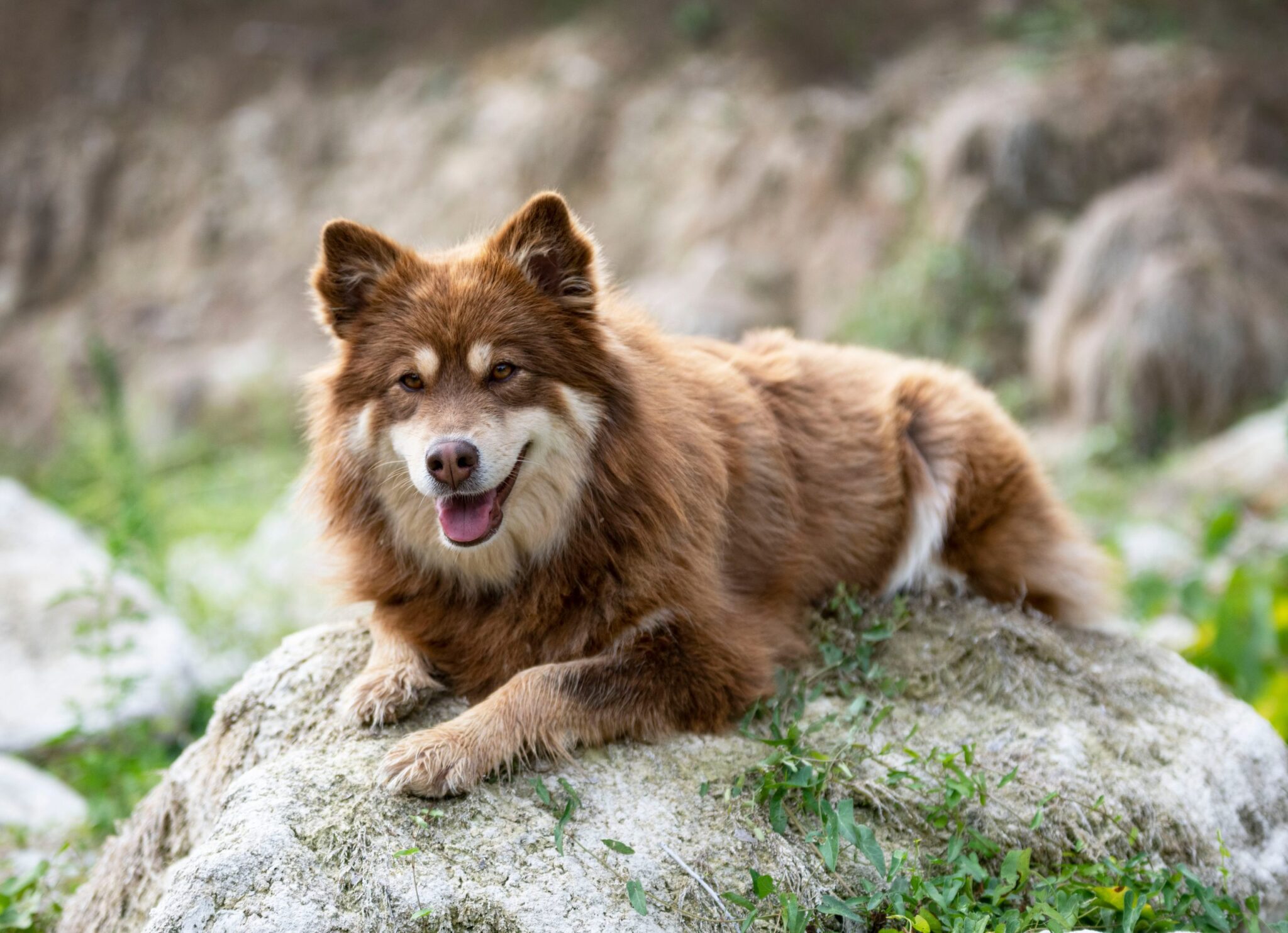


 English (US) ·
English (US) ·